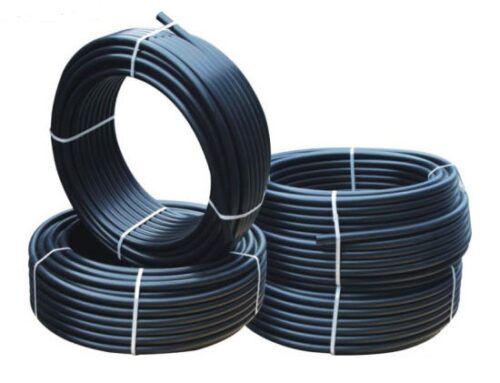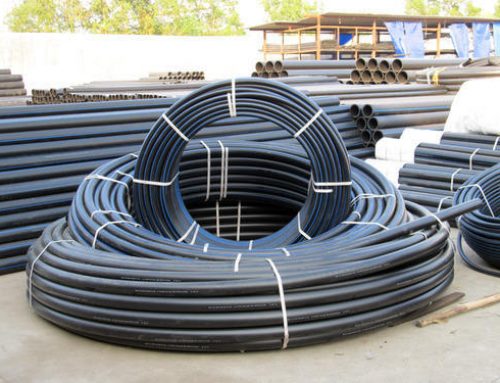Which one is better for Agricultural Water Pipe Lining, PVC Pipe or HDPE Pipe?

Application Effectiveness
Both pipe materials are well-suited for agricultural water use systems[1] , including crop performance chemicals, where recommendations can begin to sway in favor of HDPE due to an increased, general, chemical durability with ag-chems, although PVC is widely used.
Health and Safety
Concerning water systems intended for drinking water, agriculture, and livestock both PVC and HDPE pipe have been manufactured according to U.S. regulations and ANSI / NSF requirements for materials intended to contain or supply drinking, potable water[2] .
Cost Comparison
PVC pipe material and installation tends to be on the cheaper side when compared to HDPE pipe, in similar installation scenarios.
Engineering, Installation Considerations
HDPE pipe has fairly unique flexibility allowing it to be coiled — PVC pipe must be laid and handled straight. HDPE pipe can be significantly easier to handle, install/lay, as well as relocate, which can be potentially desirable engineering traits.
Potential Service Length
Both HDPE and PVC pipes have anywhere up to, beyond, 100 years of potential service life[3] when properly installed and used for water movement.This service length projection will decrease based on chemical use, temperature, and pressure exposures to the piping system.



I read your blog. It’s a very useful. thanks for sharing useful information with us.
http://siddhipipe.com/